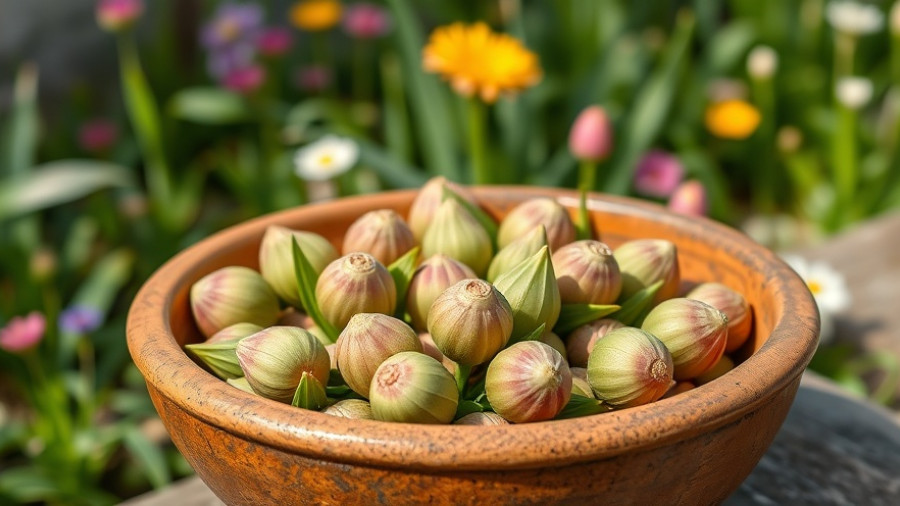
Why Does Paint Peeling Happen?
We've all experienced it: that moment of disappointment when you step back to admire your newly painted walls, only to find unsightly peeling that marred the effort you invested. Peeling paint is more than just an eyesore; it indicates underlying issues with preparation and environmental conditions. Understanding why your paint keeps peeling is the first step towards ensuring your home has long-lasting beauty.
Understanding the Causes of Paint Peeling
Several factors contribute to peeling paint, each more frustrating than the last. According to Lucy Steele, a paint and interiors expert, one significant reason is temperature. Painting in extreme hot or cold can disrupt the paint's ability to adhere to the surface effectively. Additionally, failing to clean the walls before painting or using inferior quality paint can greatly enhance the likelihood of peeling.
Preventing Paint Peeling: 4 Essential Tips
The good news is that with careful planning and attention, paint peeling can be prevented. Here are four expert-advised strategies to ensure your paint job holds up against wear and tear:
1. Avoid Extreme Temperatures
Don't sacrifice your paint project to the elements! Painting in temperatures that are either too hot or too cold creates a perfect storm for paint to misbehave. Lucy Steele recommends waiting until the weather is mild, ideally between 10°C and 30°C, ensuring optimal conditions for paint adhesion.
2. Invest in Premium Paint
It can be tempting to cut costs on supplies, but this is one area where quality matters immensely. Premium paint brands often contain higher quality resins and pigments that help create a stronger finish. Investing in superior paint can mitigate the risk of peeling significantly, as it helps create a long-lasting, resilient surface.
3. Clean Before You Paint
It may sound trivial, but cleaning surfaces before painting is critical. Dust, grease, or grease can prevent paint from adhering perfectly to the walls. A thorough wash not only helps with adhesion but also enhances the paint's overall longevity. It’s a simple task that can have a surprisingly significant impact on your project.
4. Pay Attention to Application Techniques
Finally, how you apply the paint plays a crucial role in its durability. Always ensure to work from dry areas toward wet edges. Using a suitable brush or roller and applying paint with gentle vertical strokes lets the paint settle softly, which can further prevent peeling. Overworking the paint by excessive rolling can lead to an uneven finish that doesn’t adhere well.
Why Your Paint Choices Matter
When considering paint for your homes, the psychology behind colors and the durability of the paint can impact not only the aesthetics of your home but also its perceived value in the real estate market. Many homeowners overlook how quality paint can contribute significantly to the saleability of their property. Not just long-lasting color, but a home that feels well-maintained and loved often fetches a higher price.
Conclusion: Enjoy a Flawless Finish
Taking a few extra steps can ensure that your paint job not only enhances the beauty of your home but also keeps it looking freshly painted for years to come. Every meticulous effort pays off, bringing you a space you can truly enjoy. Don’t let the stress of peeling paint ruin your passion for home improvement.
Explore home improvement and sustainability practices to elevate your living environment—because a well-cared-for home is a happy home!
 Add Row
Add Row  Add
Add 




Write A Comment